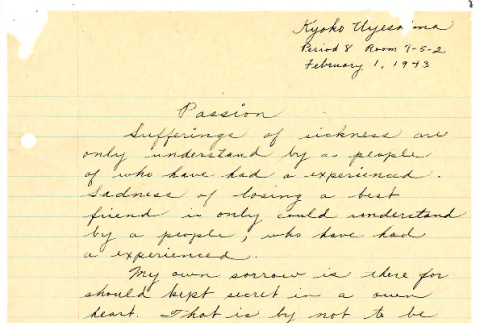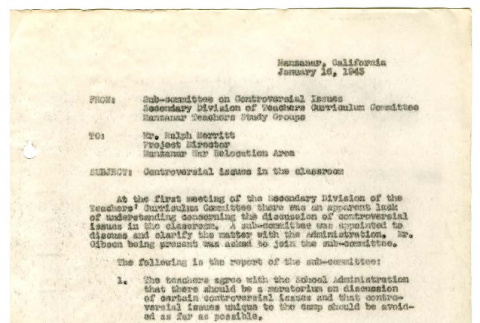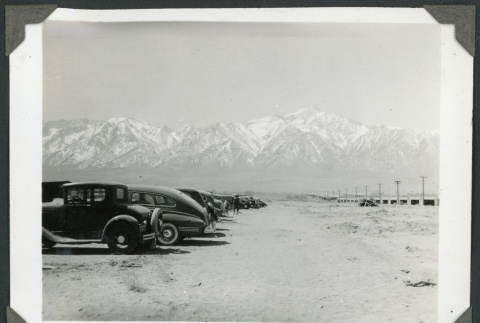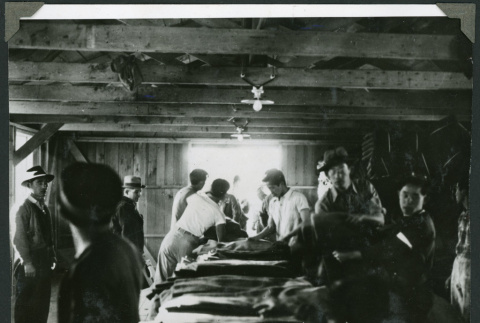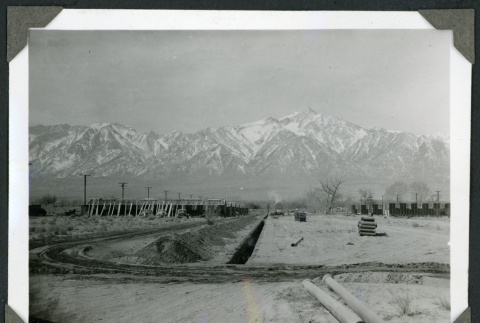3031 items
3031 items

Narrator Tomiko Hayashida Egashira
Nisei female. Born July 8, 1934. Grew up on Bainbridge Island, Washington, where parents ran a farm. During World War II, removed to the Manzanar concentration camp, California. Transferred to the Minidoka concentration camp, Idaho. After leaving camp, returned to Bainbridge Island.

Narrator Nancy Nishi
Nisei female. Born June 25, 1936. One of four sisters, grew up near Los Angeles, California, where parents ran a nursery business. Following the bombing of Pearl Harbor, removed to the Manzanar concentration camp, California. Following the war, returned to Los Angeles.

Narrator Kyoko Nishi Tanaka
Nisei female. Born February 26, 1927. One of four sisters, grew up near Los Angeles, California, where parents ran a nursery business. Following the bombing of Pearl Harbor, removed to the Manzanar concentration camp, California. Following the war, returned to Los Angeles.

Narrator Ayako Nishi Fujimoto
Nisei female. Born January 28, 1930. One of four sisters, grew up near Los Angeles, California, where parents ran a nursery business. Following the bombing of Pearl Harbor, removed to the Manzanar concentration camp, California. Following the war, returned to Los Angeles.

Narrator Ellen Watanabe-Huxtable
Sansei female. Born in 1953 in Chicago, Illinois. Grew up hearing stories of her parents' wartime experiences at the Santa Anita Assembly Center and Manzanar concentration camp, California. After leaving camp, parents resettled in Chicago, Illinois, where Ellen was born and raised.

Narrator Yoshino Grace Fukuhara Niwa
Nisei female. Born October 29, 1942, in the Manzanar concentration camp, California. Daughter of well-known artists Henry Fukuhara. After leaving camp, the family moved to New York. Yoshino eventually returned to live in California, where her family resided before World War II.

vh
Sue K. Embrey Segment 3 (ddr-densho-1000-6-3)
Work in Manzanar concentration camp: making camouflage nets, writing for the Free Press
This interview was conducted at the Voices of Japanese American Redress Conference, held on the UCLA campus and sponsored by the UCLA Asian American Studies Center and the UCLA School of Public Policy and Social Research. Because of the full conference schedule, our …
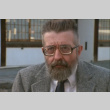
vh
Roger Daniels Interview Segment 7 (ddr-densho-1012-17-7)
Description of dissent at the Manzanar concentration camp (audio only)
This interview is audio-only. It contains raw footage used by Steven Okazaki in his 1985 film Unfinished Business.
This material is based upon work assisted by a grant from the Department of the Interior, National Park Service. Any opinions, finding, and conclusions or recommendations expressed …

Narrator Michiko Amatatsu Noritake
Nisei female. Born December 6, 1919, in Winslow, Washington. Was fired from job as a domestic following the bombing of Pearl Harbor. Removed to Manzanar concentration camp, California, and later transferred to Minidoka concentration camp, Idaho. Following World War II, returned to Bainbridge Island, Washington.

Narrator Shig Moritani
Nisei male. Born April 10, 1921. Grew up in Bainbridge Island, Washington, where family ran a strawberry farm. During World War II, removed to the Manzanar concentration camp, California. Left camp and lived in Chicago and New York before eventually returning to Bainbridge Island.

Narrator Iku Amatatsu Watanabe
Nisei female. Grew up on Bainbridge Island, Washington. During World War II, removed with family to the Manzanar concentration camp, California, and transferred to the Minidoka concentration camp, Idaho. After leaving camp, lived and worked in Chicago for a time before eventually returning to Bainbridge.

Narrator Dorothy Ikkanda
Nisei female. Born February 10, 1921, in Los Angeles, California. Grew up in Santa Monica, California. Married prior to World War II. During the war, removed with husband to the Manzanar concentration camp, California. Left camp for Reno, Nevada, and eventually moved to Los Angeles.

Narrator George Uchida
Nisei male, born March 14, 1929, in Florin California. Grew up in Florin, where parents ran a farm. Following the bombing of Pearl Harbor, removed with family to the Manzanar concentration camp, California. After the war, served in the Air Force and became an engineer.

Narrator Margaret Stanicci
Nisei female. Born December 28, 1918, in La Crescenta, California. Grew up in California where father operated a flower business. During World War II, removed to the Manzanar concentration camp, California. Lived in Chicago and New York after leaving camp, before eventually returning to California.

Narrator Yukiko Llewellyn
Nisei female. Born April 22, 1939 in Los Angeles California. During World War II, sent with mother to the Manzanar concentration camp, California. Left camp for Cleveland, Ohio, under the sponsorship of a Buddhist church. Grew up in Cleveland, where mother ran a boarding house.

Narrator Bill Watanabe
Nisei male. Born January 5, 1944, in the Manzanar concentration camp, California. After World War II, left camp with family for the Los Angeles area, where parents had lived before the war. Established a career as an engineer. Active in the Little Tokyo Service Center.

Narrator Keiko Kageyama
Nisei female. Born January 2, 1920, in Monterey Park, California. Grew up in several different places in California, where parents ran truck farming businesses. During World War II, removed to the Manzanar concentration camp, California. After leaving camp, returned to the Pasadena area of California.
![Pacific Citizen, Vol. 112, No. 24 [June 21, 1991] (ddr-pc-63-24)](https://ddr.densho.org/media/cache/b9/67/b967f99ac34d1934bc61d49652d84723.jpg)
doc
Pacific Citizen, Vol. 112, No. 24 [June 21, 1991] (ddr-pc-63-24)
Select article titles: "JACL discusses Chinese, Jewish coalition effort" (p. 1), "Census Bureau reveals undercount of Asians" (p. 1), "Commission calls for overhauling of justice system" (p. 1), "Water rights snag Manzanar proposal" (p. 1), "Bias charged against Japanese firms in U.S." (p. 3), "Study: wife abuse high among Southeast Asians" (p. 3), "Ethnic enrollment up …
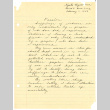
doc
Passion (ddr-csujad-48-26)
Assignment by Kyoko Uyeshima for period 8 class taught by Mr. Harry Bentley Wells, a teacher at Manzanar High School. Kyoko describes how suffering and sickness can only be understood by those who have had a similar experience, and should only be shared with those that understand it. Transcription is found in item: ecm_wells_9026. See this …
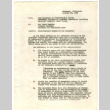
doc
Memorandum from Sub-Committee on Controversial Issues to Mr. Ralph Merritt, Project Director, Manzanar War Relocation Area, January 16, 1943 (ddr-csujad-48-96)
Memorandum from the Sub-Committee on Controversial Issues to Ralph Merritt, Project Director of "Manzanar War Relocation Center," regarding the teaching and discussion of controversial issues in the classroom. The sub-committee provides several suggestions on how to address the issue, but would like formal approval from Mr. Merritt. Transcription is found in item: ecm_wells_9905. See this object …
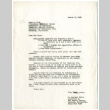
doc
Letter from Harry Bentley Wells to Leon C. High, Principal, Secondary School, August 9, 1942 (ddr-csujad-48-67)
Letter from H. Bentley Wells to Leon C. High regarding the transmittal of several forms, a change of address, and inquiring about what personal items to bring to Manzanar due to the unusualness of the situation. He also volunteers to bring any necessary materials from the University of California. Transcription is found in item: ecm_wells_9067. See …
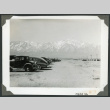
img
End of the trail, impounded cars (ddr-csujad-47-19)
Photograph of the impounded cars lined up outside of Manzanar with Mount Williamson in the background, a line of buildings can be seen on the right side of the photograph stretching into the distance. Caption reads: End of the trail, impounded cars. Title from caption, which was taken from the original photo album. See this object …

img
Photograph of the lathe house for the guayule experiments with snow on the ground (ddr-csujad-47-51)
Exterior view of the lathe house for the guayule rubber experiments under the direction of Walter T. Watanabe, who has a staff of 22 workers at this War Relocation Authority Center. The initial shipment of 100,000 seedlings came from Salinas Experiment Station. This photograph was taken in the winter shortly after a snowstorm in Manzanar. See …
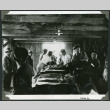
img
Issuing G.I. blankets (two to each evacuee) (ddr-csujad-47-29)
Photograph of Government Issue (G.I.) blankets being given to the incarcerees at Manzanar. Each person was given two blankets. The unfinished walls and rafters of the ceiling can be seen in the building. Caption reads: Issuing G.I. blankets (two to each evacuee). Title from caption, which was taken from the original photo album. See this object …
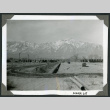
img
Photograph of blocks 6 and 12 under construction (ddr-csujad-47-38)
Photograph taken at Manzanar Incarceration Camp, of the camp under construction. Cleared land with an open trench runing along the center of the picture, two pipes are laying in the foreground of the picture. Barracks are under construction in rows on either side of the open trench. In the background are the snow-covered Sierra Nevada. See …
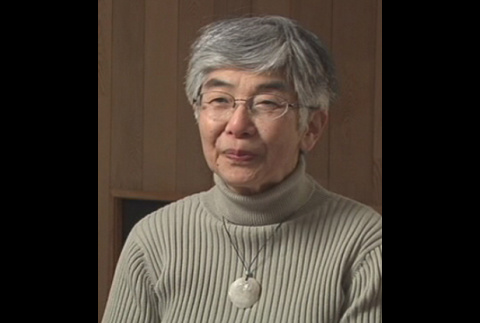
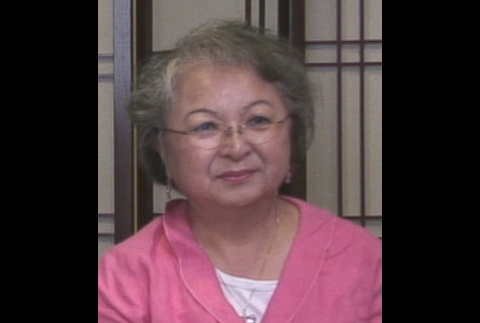

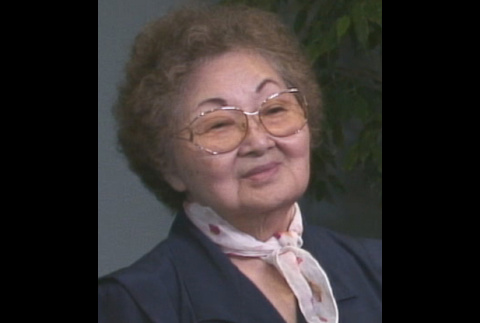

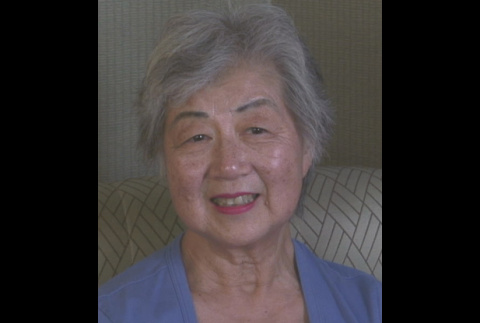
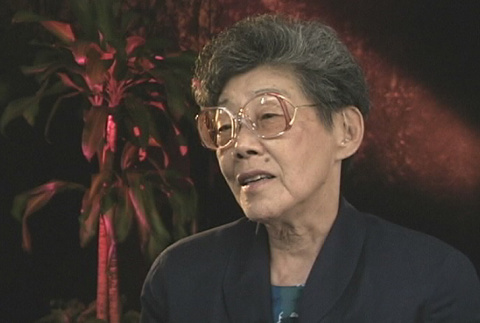
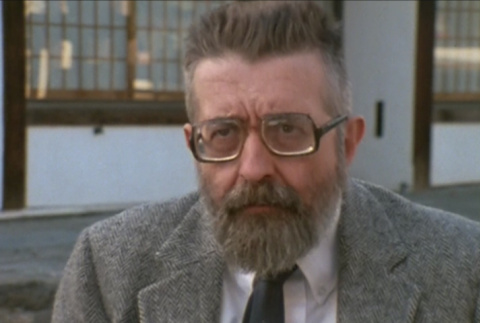
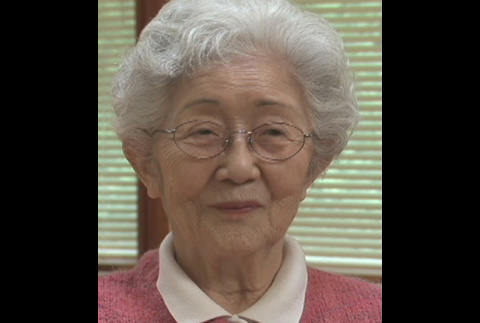
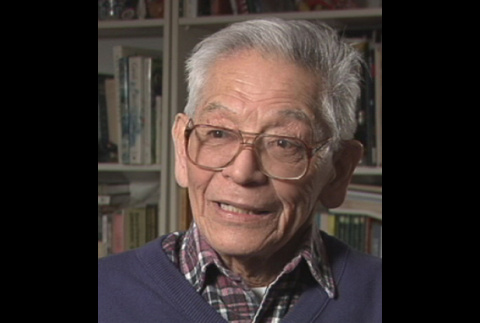

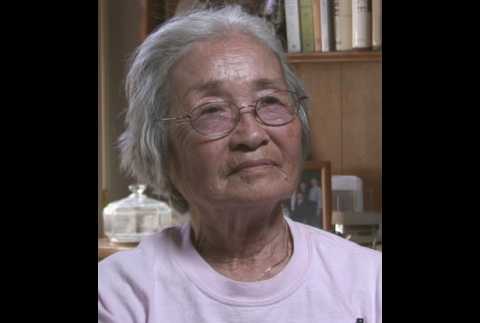
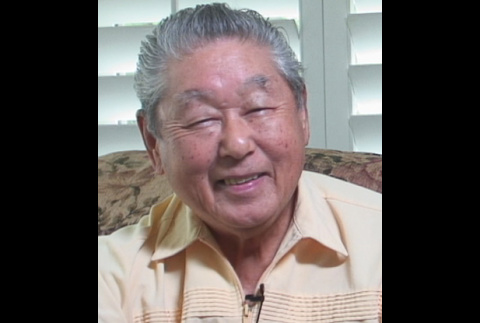

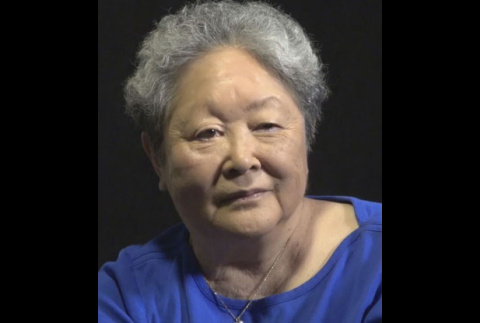


![Pacific Citizen, Vol. 112, No. 24 [June 21, 1991] (ddr-pc-63-24)](https://ddr.densho.org/media/cache/b7/2c/b72cf2eb3848566c0870c522c1d8f20e.jpg)
